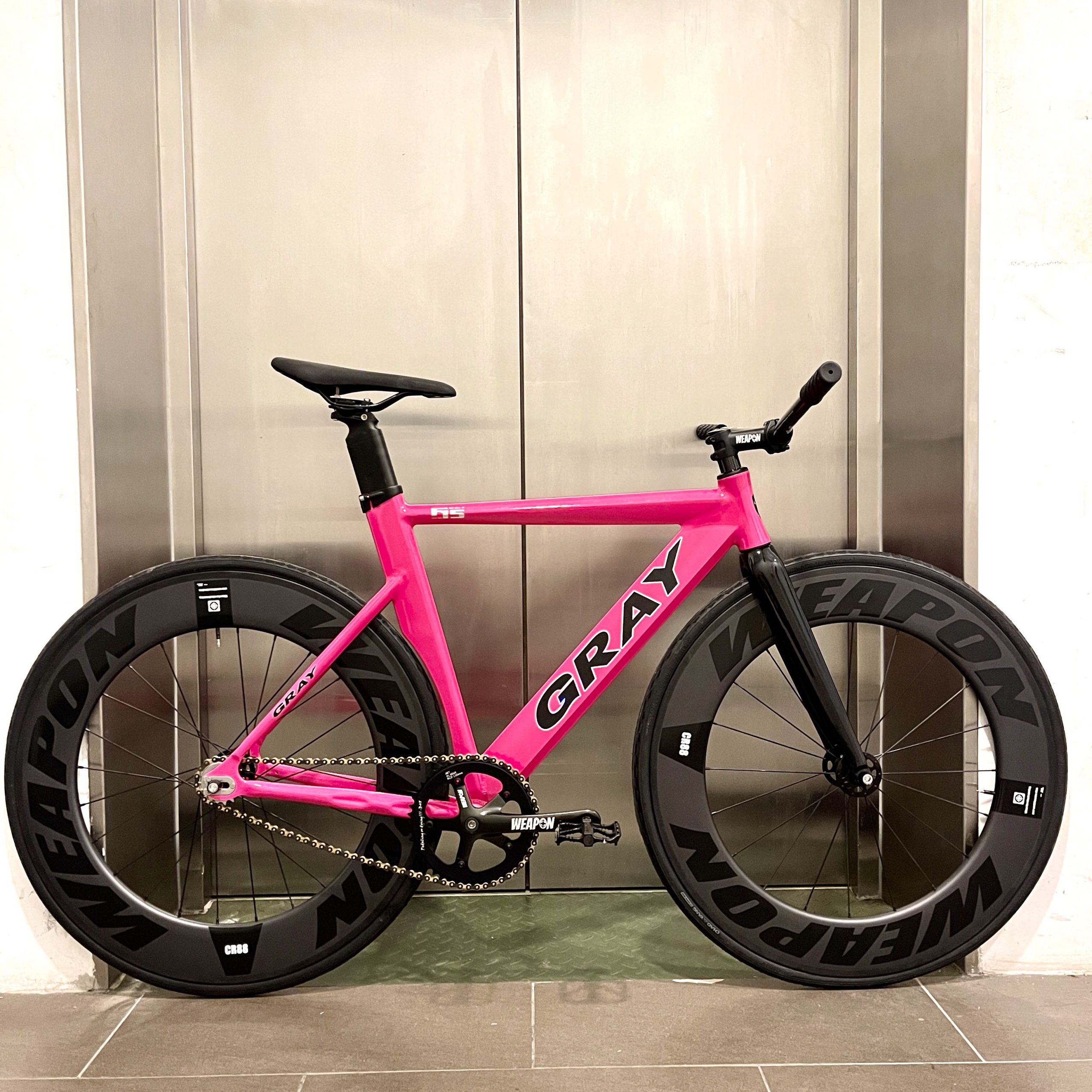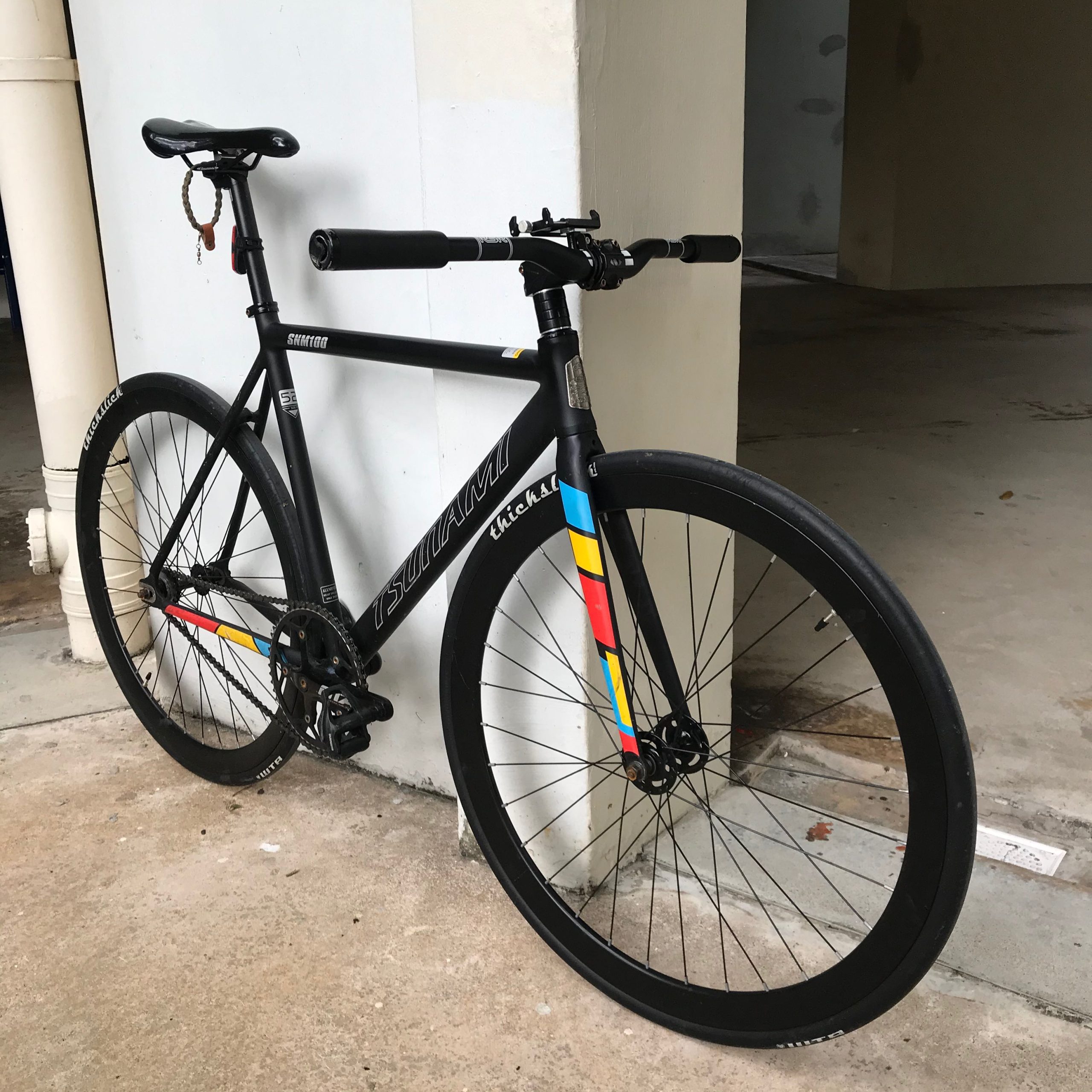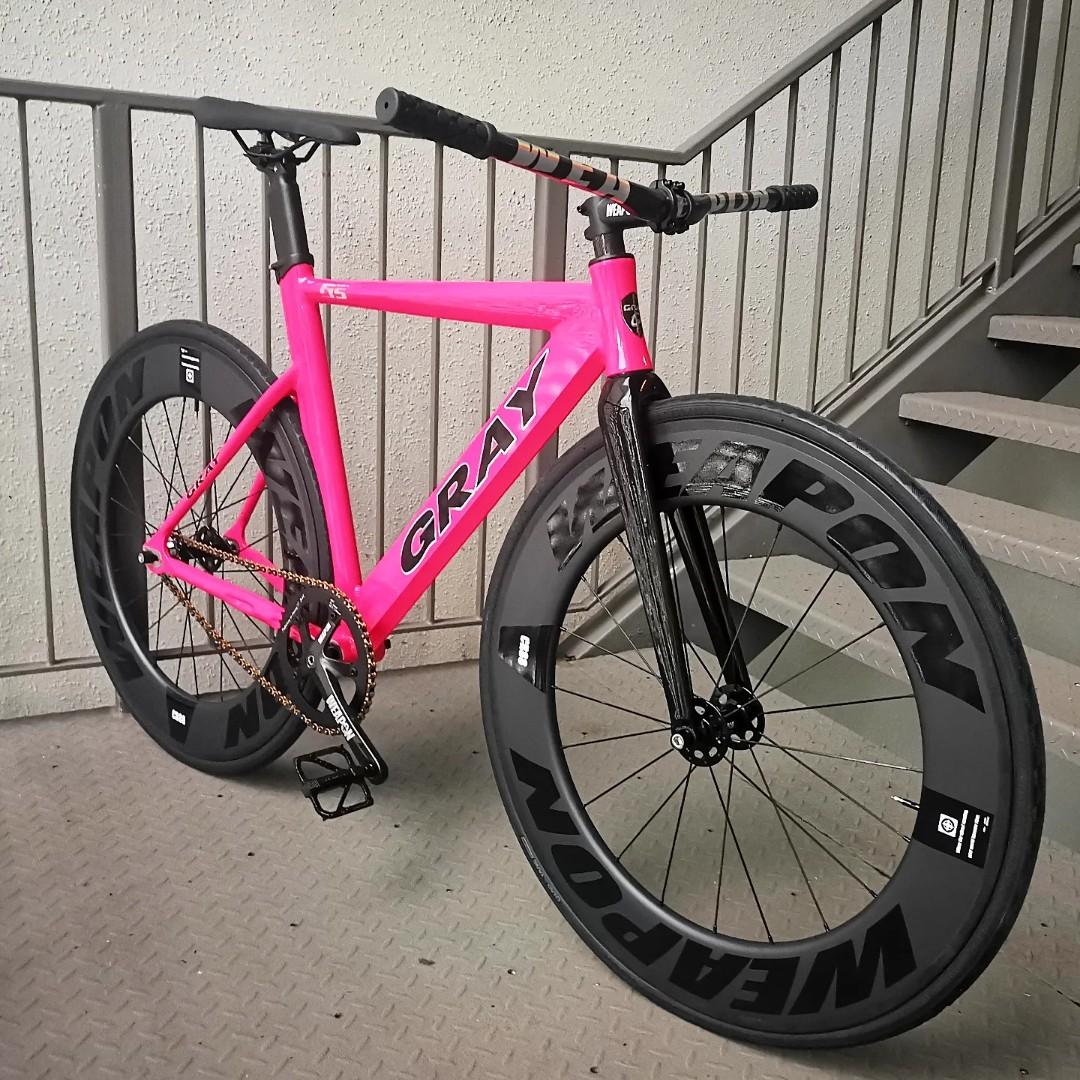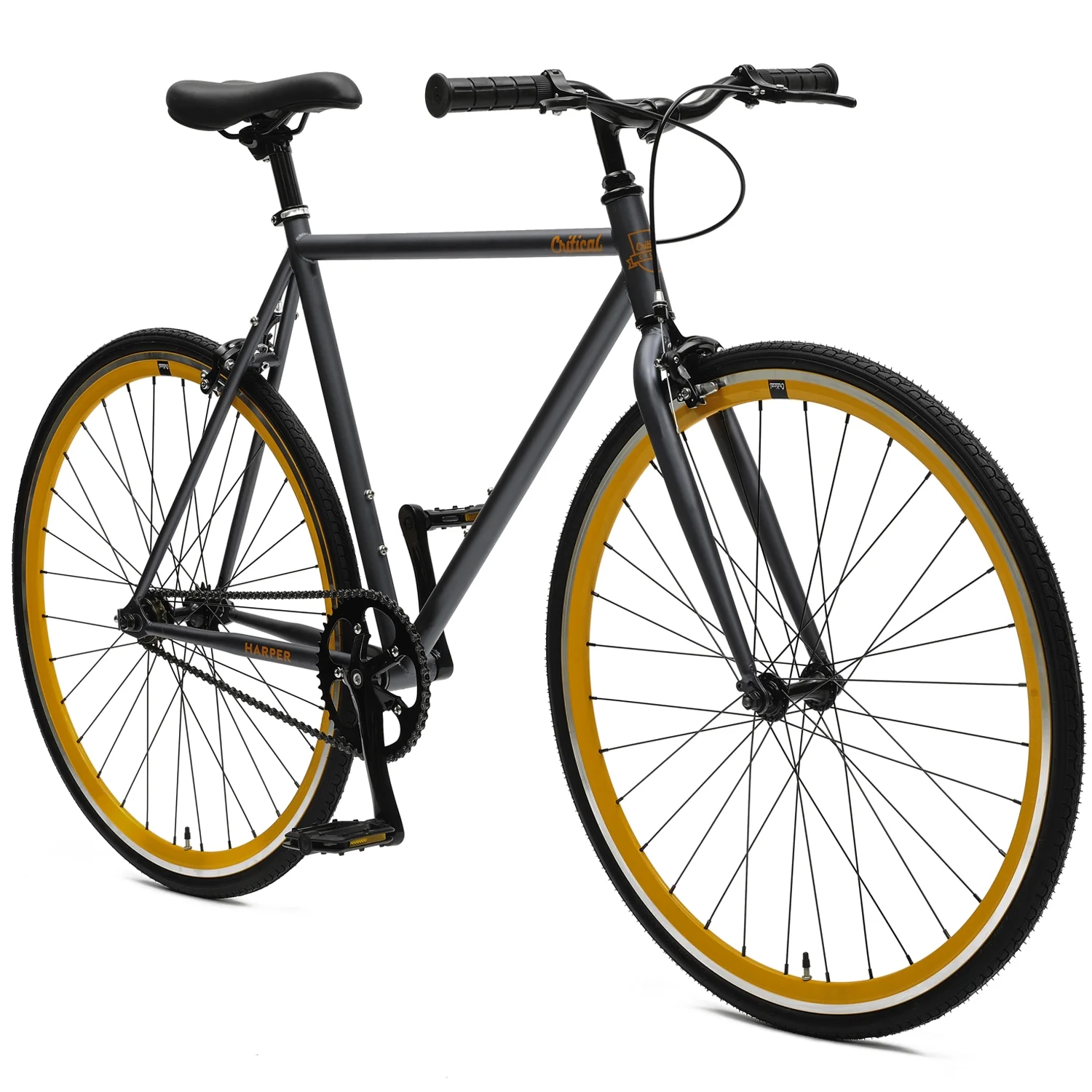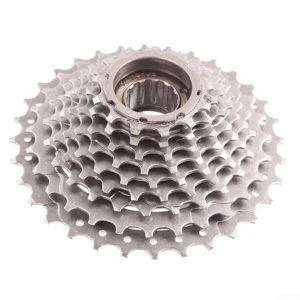Fixed gear bikes, often affectionately referred to as “fixies,” have taken the cycling community by storm. Boasting a minimalist design, simplicity of use, and a style that can turn heads, these bikes have become more than just a mode of transport; they represent a lifestyle choice. In this article, we delve into the different aspects of fixed gear bikes, from their history and mechanics to their advantages, disadvantages, and cultural significance.
The History of Fixed Gear Bikes
Fixed gear bikes have a rich history that dates back to their inception in the 19th century. The earliest versions of these bikes emerged in the 1860s. These early bicycles, known as penny-farthings, were characterized by their large front wheels and smaller rear wheels. However, it wasn’t until the late 1800s and early 1900s, with the advent of more modern designs, that fixed gear bicycles began to take form as we know them today.
1. Development Through the Decades
As cycling technology progressed, so did the design of fixed gear bike. The early 20th century brought innovations like the coaster brake and the freewheel, which allowed cyclists to coast. However, the unyielding charm and simplicity of fixed gear remained a beloved choice among racing cyclists and track riders. Fixed gear bikes became predominant in velodromes and were crucial for bike racing, ensuring that racers could achieve maximum power transfer to the wheels.
2. Resurgence in Popularity
The ’90s and early 2000s witnessed a resurgence in fixed gear bike popularity, especially in urban environments. Cyclists gravitated toward fixies due to their sleek appearance and lack of complex gearing systems. Cities like San Francisco, New York, and Tokyo saw an explosion of fixed gear culture, fostering a community of riders who celebrated this unique cycling experience.
Understanding the Mechanics of Fixed Gear Bikes
At its core, a fixed gear bike is built with simplicity. Unlike traditional multi-gear cycles, a fixed gear bike is designed around a single gear ratio, meaning there is no switching between gears while cycling. The rear wheel is directly connected to the pedals, providing a unique biking experience.
1. How Fixed Gear Bikes Operate
The mechanics of fixed gear bikes are straightforward yet effective. Riders can’t coast; when the bike moves, the pedals move. This feature brings about a different type of riding experience, requiring constant pedaling, which many experienced riders find exhilarating. Furthermore, riders have the opportunity to hone their cycling skills as they navigate city streets and curves.
2. Key Components of a Fixed Gear Bike
Key components of a fixed gear bike include the frame, wheels, handlebars, pedals, and, crucially, the drivetrain. The drivetrain is where the magic happens; it’s the system that powers the bike forward. Given the direct connection between the pedals and the rear wheel, riders often experience a feeling of complete control over their bike.
- Frame: The frame can be made from various materials, influencing weight, durability, and ride quality. Common materials include aluminum, steel, and carbon fiber.
- Wheels: Fixed gear wheels are generally lightweight and sturdy, designed for performance.
- Chain: The chain on a fixed gear bike is typically more robust than that on a multi-gear bike due to the constant strain of pedaling.
- Brakes: While some fixed gear bikes come equipped with front and rear brakes, many riders choose to ride without them, relying instead on their leg power to slow down or stop.
Advantages of Riding Fixed Gear Bikes
Fixed gear bikes come with a plethora of advantages that can attract various types of riders, from commuters to casual cyclists and dedicated racers.
1. Simplicity of Design
One of the most significant advantages is the bike’s simplicity. With fewer components compared to geared bikes, there’s less that can go wrong. This simplicity makes maintenance easier, requiring less frequent repairs and adjustments.
2. Lightweight Construction
Fixed gear bikes are typically lighter than traditional bikes due to their simpler design. This reduction in weight allows for easier maneuverability and faster speeds. Commuters will appreciate the lightweight nature when navigating urban environments and tackling inclines.
3. Improved Pedaling Efficiency
Since the bike does not have the option to coast, riders continuously engage in pedaling. This constant motion increases cardiovascular endurance and helps improve overall cycling capabilities.
4. Greater Control and Responsiveness
Riders often find that fixed gear bikes provide a more intuitive cycling experience. The direct connection between pedals and wheels allows for better responsiveness, making them popular in urban environments where quick stops and swift turns are necessary.
5. Economical Cost
From a financial perspective, fixed gear bikes often present a more economical option. Their minimalist design means fewer expensive components and less frequent maintenance, making the initial investment and ongoing costs much lower for riders.
Disadvantages of Riding Fixed Gear Bikes
While fixed gear bikes have their advantages, there are also some notable disadvantages that potential riders should consider before making a purchase.
1. Limited Gearing Options
The most evident drawback is the absence of gears. Riders are limited to a single gear ratio, which can pose challenges, particularly when navigating steep hills. Climbing becomes significantly more strenuous without the ability to shift gears.
2. Requires Constant Pedaling
The fixed gear design means that coasting isn’t an option. While this might appeal to experienced cyclists, it can be a disadvantage for casual riders who may prefer a more relaxed cycling experience where pausing pedaling momentarily is an option.
3. Learning Curve for New Cyclists
For those new to cycling or coming from traditional geared bikes, adapting to a fixed gear may present a steep learning curve. Balance and control are crucial, especially when slowing down or stopping.
4. Potential Safety Hazards
Due to the requirement for constant pedaling, riders without brake systems can encounter safety hazards in hurried urban settings. Quick stopping relies solely on leg strength, which can be daunting for less experienced cyclists.
The Fixed Gear Bike Community
As fixed gear bikes have gained popularity, they have also cultivated a passionate community of riders. From casual enthusiasts to dedicated racers, the fixed gear bike culture encompasses various subcultures, events, and gatherings.
1. Bike Messengers and Urban Riding
Bike messengers are some of the most recognizable faces within the fixed gear culture. Their need for speed and maneuverability makes fixies an ideal choice for navigating crowded city streets. The efficiency of fixed gear bikes has made them the go-to choice for many urban cyclists.
2. Events and Competitions
Across the globe, fixed gear riders engage in competitions and events, showcasing their skills and raising awareness for cycling culture. Track racing, alleycat races, and group rides are just a few examples of how the community comes together.
3. DIY and Customization Culture
Another fascinating element is the DIY and customization culture. Many riders take pride in building and personalizing their fixed gear bikes, often creating unique designs that reflect their character and style. Custom paint jobs, component choices, and even unique modifications contribute to a vibrant culture where self-expression is celebrated.
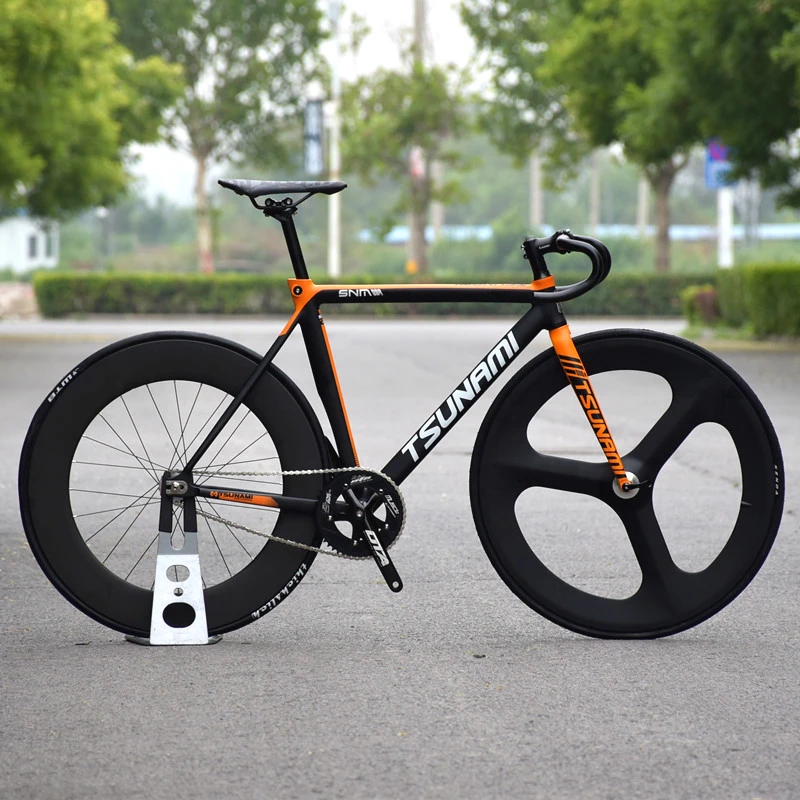 Fixed Gear Bikes in Popular Culture
Fixed Gear Bikes in Popular Culture
Fixed gear bikes have also made a significant impact on popular culture, influencing art, fashion, and even music.
1. Representation in Media
Movies, documentaries, and social media platforms have played a crucial role in propagating the image of fixed gear bikes. Several films focus on urban cycling culture, shedding light on the lives of cyclists and their love for fixed gear riding.
2. Fashion Statements
The appeal of fixed gear bikes has crossed over into the world of fashion. Many cyclists use their bikes as a lifestyle accessory, blending cycling apparel with streetwear to make a statement. Cyclists often sport brands specifically catering to urban cycling, blurring the lines between practicality and fashion.
3. Music and Art Influences
Fixed gear bikes have also found their way into music and art scenes. Numerous artists and musicians who identify with cycling culture incorporate themes of fixed gear biking into their work, creating a unique blend of creativity and advocacy for cycling lifestyles.
Conclusion
In conclusion, fixed gear bikes stand as an intriguing and multifaceted element of modern cycling culture. From their historical roots to their contemporary resurgence, fixies offer a blend of simplicity, speed, and style that captures the hearts of riders around the world. For those who appreciate minimalism and a challenge, a fixed gear bike might just be the perfect ride. As cycling continues to evolve and expand, fixed gear bikes will undoubtedly play an enduring role in shaping the future of urban cycling. Whether you are a seasoned cyclist or just exploring this world, embracing a fixed gear bike could very well lead to a memorable adventure on two wheels.
